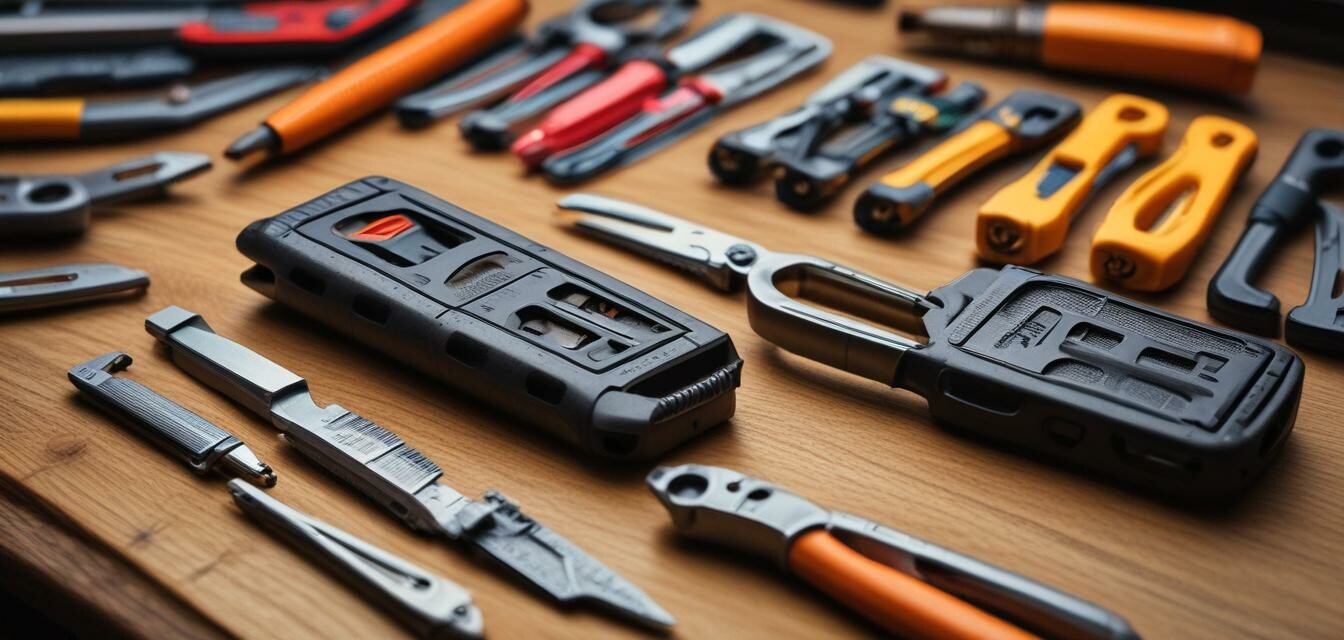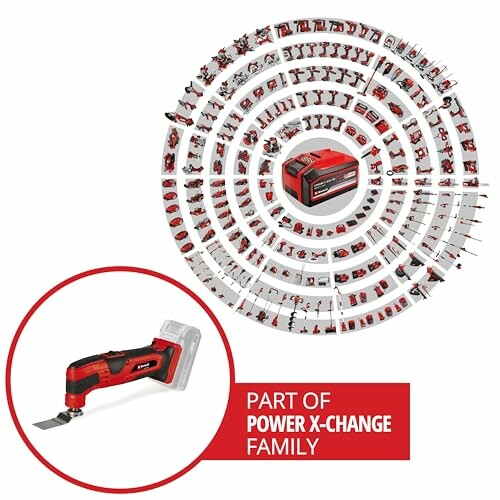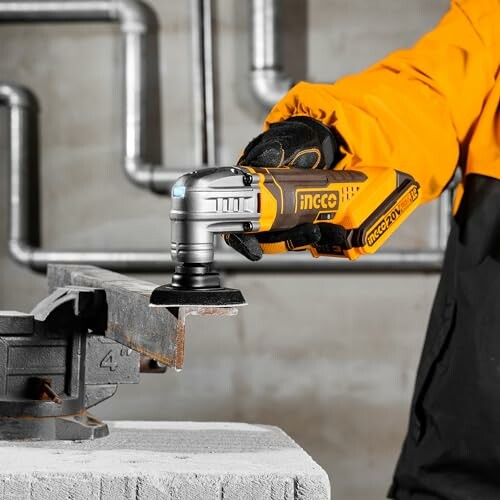
Mastering the Use of Multi-Tools
Key Takeaways
- Multi-tools are versatile and essential for contractors and DIY enthusiasts.
- Understanding the features of your multi-tool can significantly enhance its use.
- Regular maintenance ensures long-lasting performance and reliability.
Multi-tools have revolutionized the way we approach projects. Whether you’re a contractor or a DIY enthusiast, mastering the use of these power-packed devices can save time and effort. This guide offers practical tips and techniques to help you harness the full potential of multi-tools for various tasks.
What is a Multi-Tool?
Multi-tools are versatile devices that typically combine multiple tools in one compact form. They are particularly valuable for tasks that require flexibility, such as cutting, sanding, and scraping. Understanding their use will allow you to tackle various projects without needing an arsenal of individual tools.
Benefits of Using a Multi-Tool
- Space-saving: Ideal for small workshops or on-the-go use.
- Cost-effective: Serve multiple purposes, reducing the need for separate tools.
- Ease of use: Most models are designed for simple operation, making them beginner-friendly.
Understanding Your Multi-Tool Features
Most multi-tools come with a set of features that enhance their functionality. It’s essential to familiarize yourself with these before diving into projects. Here’s a brief overview of common features:
| Feature | Description |
|---|---|
| Variable Speed Control | Allows you to adjust the speed according to the material you're working with. |
| Oscillation Angle | Affects the range of movement; a wider angle can ease task completion. |
| Tool Attachment System | Quickly change out blades or attachments for different tasks. |
| LED Light | Illuminates the work area, ideal for dark or tight spaces. |
Practical Techniques for Using Multi-Tools
With a solid foundation of understanding under your belt, let's explore practical techniques for using multi-tools effectively.
1. Cutting with Precision
Cutting is one of the primary uses of a multi-tool. Here’s how to master it:
- Use the appropriate blade for the material.
- Ensure you're stable and have a firm grip for better control.
- Follow marked lines for clean cuts.
2. Sanding for a Smooth Finish
Sanding is crucial for achieving professional results. Consider these steps:
- Select the right grit sandpaper for your project.
- Adjust speed settings to match the surface material.
- Use even strokes to avoid uneven surfaces.
3. Scraping and Renovation Tasks
Multi-tools are perfect for scraping paint or tiles. To excel at this:
- Choose a sturdy scraper blade for tough jobs.
- Work at the right angle to minimize stress on the tool.
Recommended Multi-Tools for Your Projects
Selecting the right multi-tool can make a significant difference in your projects. Here are a couple of our top recommendations:
Einhell Power X-Change Cordless Multi Tool
A flexible tool for extension and renovation jobs with comprehensive features for cutting, grinding, and sanding.
Learn MoreINGCO Cordless Multi Tool
Offers 6 variable speeds and comes with accessories, perfect for cutting, sanding, and polishing tasks.
Learn MoreMaintenance Tips to Extend Tool Life
Regular maintenance checks can significantly extend the life of your multi-tool. Follow these tips:
- Clean the tool after every use to remove dust and debris.
- Check for any loose screws and tighten them accordingly.
- Inspect blades for wear and replace them as needed.
Safety First: Essential Precautions
Working with power tools requires safety measures. Always keep these precautions in mind:
- Wear appropriate safety goggles to protect your eyes.
- Use gloves to shield your hands from cuts and abrasions.
- Ensure your work area is clean and free of hazards.
Conclusion
Mastering the use of multi-tools can elevate your craftsmanship, whether you're taking on significant projects or small home improvements. By understanding your tools and practicing these techniques, you are well-equipped to tackle any task efficiently. For more insights on power tools and their applications, visit our How-To Guides section.
Tips for Beginners
- Start with simple projects to build confidence.
- Gradually increase the complexity of your tasks as you improve.
- Don’t hesitate to watch tutorial videos for visual guidance.


